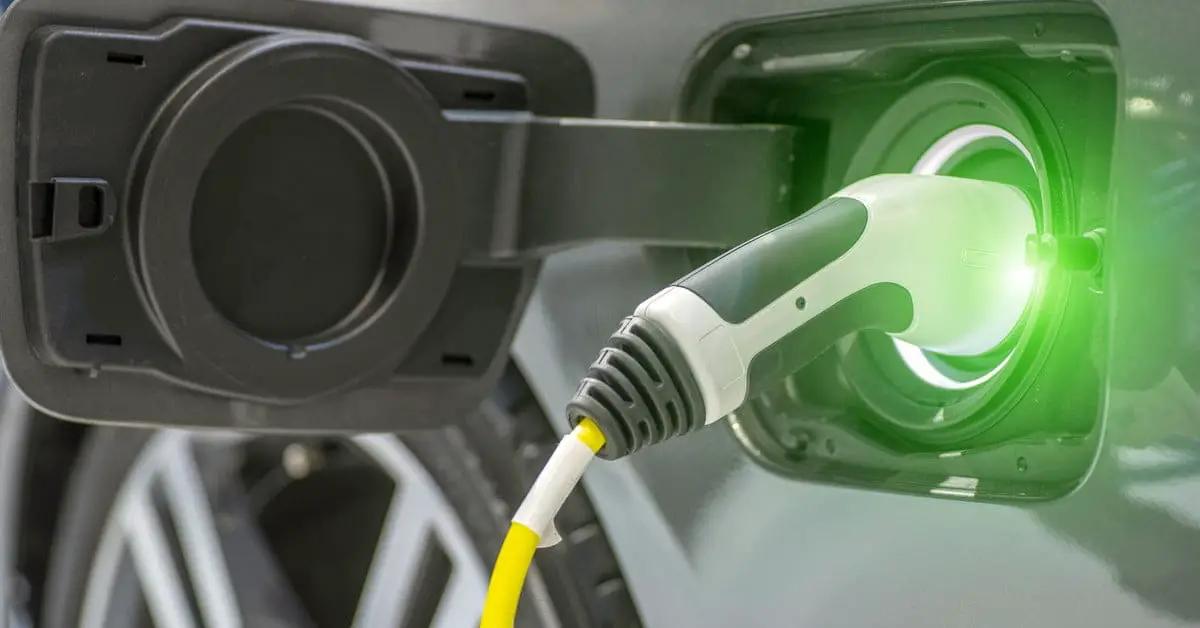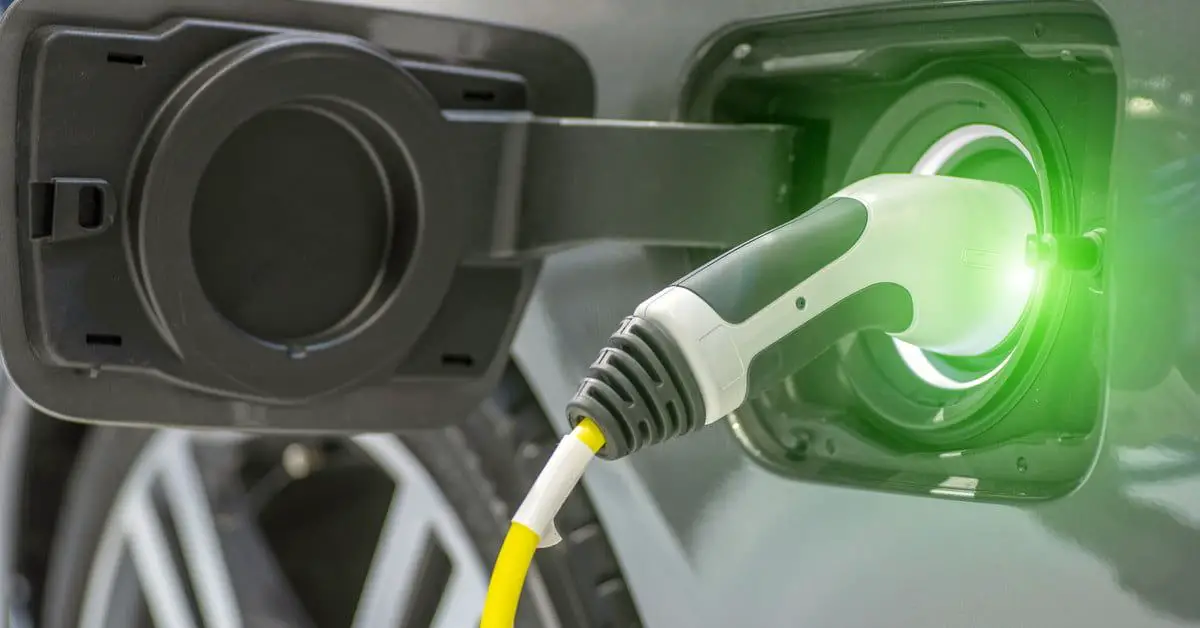Electric vehicles for customer satisfaction.
Currently, climate change and limited fossil fuels are of concern. According to the EU, automobiles are responsible for one-fifth of carbon emissions. The huge demand for renewable energy-based transportation is important to reduce CO2 emissions.


Currently, climate change and limited fossil fuels are of concern. According to the EU, automobiles are responsible for one-fifth of carbon emissions. The huge demand for renewable energy-based transportation is important to reduce CO2 emissions. The electric car is powered by an electric converting device, an electric motor, a drive wheel, a control part, an accelerator, a brake, and a rotation sensor.
Transportation is not only for carrying passengers but also enables trade among people such as transporting goods that are essential for human consumption. Consumer satisfaction with a product is first realized at the purchase and, therefore, inconvenience during the purchase process can affect overall consumer satisfaction. The services that are provided to consumers during purchase determine a consumer’s first impression (Wu et al., 2011). Hence, consumers who experience inconvenience and are not provided with proper services tend to have a negative perception of the product (Kim and Kim, 2009).
In the automobile industry, consumers who are not satisfied with dealer services during the purchasing process of an ICEV are less satisfied with the product (Goff et al., 1997, Herrmann et al., 2007). Because the operation of BEVs is substantially different from that of ICEVs, to which most drivers are accustomed, and because complicated incentives are provided to BEV owners, the BEV purchase process requires special service. Therefore, to ensure overall satisfaction with a BEV, it may be critical to providing BEV buyers with a convenient purchase process.
The safety of electric vehicles is always of concern when we talk to our potential customers. How safe in terms of fires and some go to an extent of asking if the vehicle comes in contact with water how safe it is, we assure them it is not risky to own an EV.
Some of the issues of concerns among consumers are:
Sustainability
It's of concern to know the ethics of electric car batteries and how non-renewable components such as lithium, copper, cobalt among many others. Compared to ICEs customers see EVs as greener and more sustainable options to diesel engines. While EV opposition hailed the e-mobility trend as a fraud. They argue that electric energy production claims to produce less pollution than is the case.
Costs & Savings
The other concern for consumers around EVs was pricing. Not only do consumers perceive electric cars as more costly, but they also find it harder to evaluate the future costs of maintenance, insurance, taxes, secondhand, and resell value
Battery & Usage
One of the main resistance factors against EVs is battery life and range. Consumers are still apprehensive of electric engines. It is assumed to perform slower and travel shorter distances than ICE vehicles, indicating a real challenge to convert attitudes towards EV performance.
Passenger room and cargo space
Apart from range and price you should choose an EV that can sustain your daily needs. Some electric cars are inherently easy to enter and exit for some drivers than others. Back seat leg and headroom would be a concern or if you regularly carry multiple passengers. If you have small children, you’ll want to determine how easy or difficult it might be to get them in and out of their car seats. You’ll also want to make sure the cargo room in the trunk (if it’s a sedan) or behind the back seats (if it’s a hatchback or crossover sport-utility vehicle) can hold a sufficient number of grocery bags or cover your typical warehouse-store purchases. Also, check the cargo volume with the rear seatbacks folded flat, and make note of how easy or difficult it is to load and unload bulky items.
Changing requirements
Find out before buying an EV whether your home has a ground parking spot. Is there a public charging point nearby? The current EVs come with EV chargers from the dealers which are mounted on the garage wall. Although convenient, there are cheaper options. Motorists can use an ‘occasional use’ charging lead as long as the PowerPoint for transferring electricity is up and running. More often, these leads are accompanied by a 15 amp plug which has a big earth pin that ensures it's only plugged into the 15 amp rated socket which is designed with its circuit breaker. Check with your electrician whether the onboard charger will adequately meet your needs. Consider getting a more powerful onboard charger if you find yourself heading out for some juice immediately after getting home. A powerful charger ensures that you get maximum charge in a short stay.
Source:
i) Sarah. C (2019) E-mobility Trend: What Do Consumers Really Want in an Electric Car?
ii) Jim . G ( 2019) THE FIVE MOST CRITICAL CONSIDERATIONS FOR ANY ELECTRIC CAR BUYER




